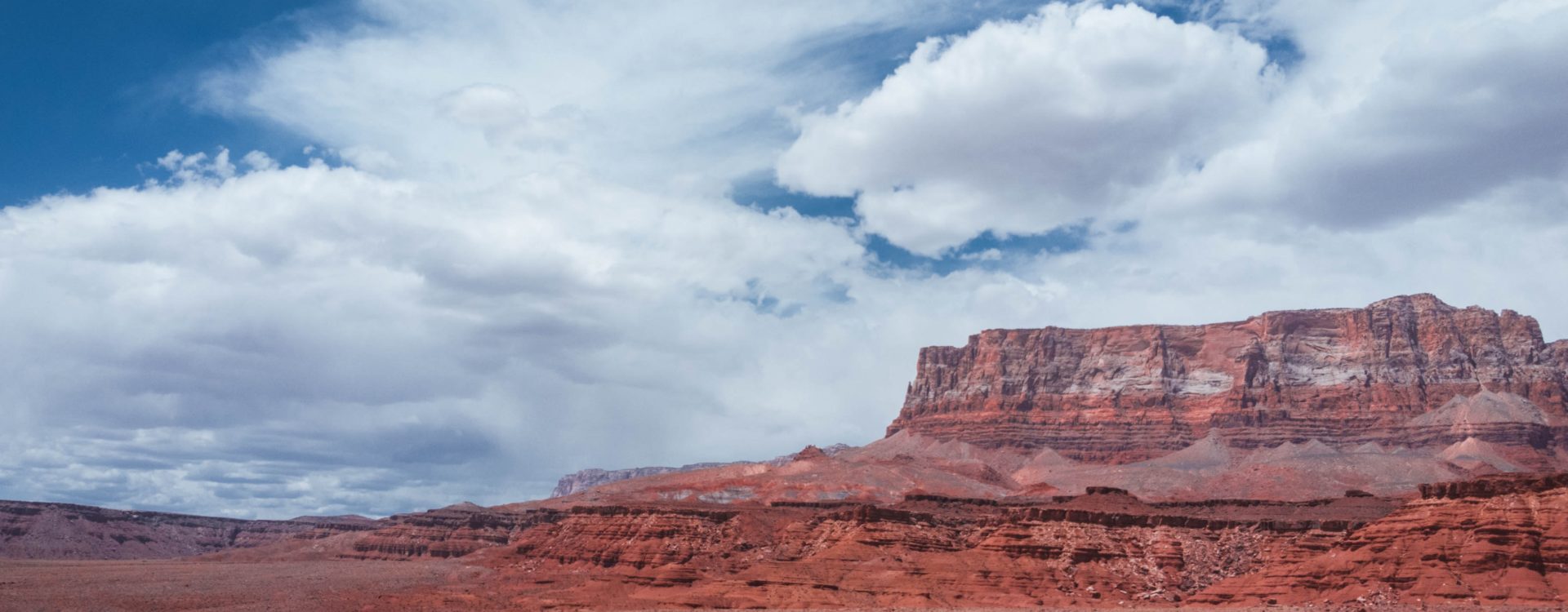All grid-connected electric energy systems and devices exist within a “regulatory environment.” That environment is created by laws, policies, incentives, rules, and regulations at both the federal and state levels. Key regulatory environment concepts related to tribal renewable energy projects are summarized below, and relevant policies are described on the Policy page.
“Energy sovereignty is the right of conscious individuals, communities and peoples to make their own decisions on energy generation, distribution and consumption in a way that is appropriate within their ecological, social, economic and cultural circumstances, provided that these do not affect others negatively.”
–Debt Observatory on Globalization, Barcelona, Spain
Utilities and Regulations
Energy is a heavily regulated sector, even for sovereign tribes. If a tribal entity is connected to an external utility energy provider (i.e., PNM, El Paso Electric, Excel Energy, or one of NM’s electric cooperatives), development of on-reservation energy projects is subject to various interconnection requirements to ensure the safe and proper functioning of the grid.
Those external utilities are themselves regulated by the NM Public Regulatory Commission, an elected body supported by staff experts and independent case examiners. Investor-owned utilities, or “IOUs” (PNM, El Paso Electric, Excel Energy) are held to a stricter level of control, as electric coops are answerable to their boards and members for many aspects of planning, billing, and operations.
NM’s IOUs generate at least some of the energy that they provide to customers, and send that power (plus any that they purchase from third-party suppliers) through transmission lines to their local distribution networks. Electric coops purchase all their bulk electricity from third-party wholesalers (e.g., Tri-State Generation and Transmission Association), and operate the local retail distribution network in their area to bring that power to their customers. Note that both IOUs and coops frequently have rights-of-way agreements with tribes to cross tribal lands with their transmission and/or distribution wires.
Tribal Utilities
NM tribes are empowered to create tribal utilities, and several have done so (Jicarilla Apache Nation Power Authority, Navajo Tribal Utility Authority) or are moving along this path (Pueblo of Acoma — see the planning process in this DOE presentation). Even in this case, any connections to the external utility grid are subject to controls, and are usually needed to ensure an adequate supply of power on an economically feasible basis.
Energy Policy Incentives
There are many forms of policy incentives intended to support the development of clean energy and Indian energy projects. These are becoming more common at both the federal and state levels, particularly in response to climate change and global warming resulting from (among other sources) fossil fuel use in generating electricity. This can create challenges for those tribes dependent on fossil fuel extraction (coal, oil, natural gas) and its use for electric power generation, and also opportunities for diversifying their energy economies. NM’s Energy Transition Act and Renewable Portfolio Standard are important policy examples.
Other Considerations
It is important to note that in the case of energy projects to be based on Tribal Trust Lands (lands of federally recognized nations held in trust by the United States, based on 19th-century treaties), major development projects require land leases and oversight by agencies such as the U.S. Environmental Protection Agency and the Department of the Interior (which oversees the Bureau of Indian Affairs). However, if a tribe has adopted the HEARTH Act, it may be exempted from some of this oversight. Qualified legal counsel should be consulted.


